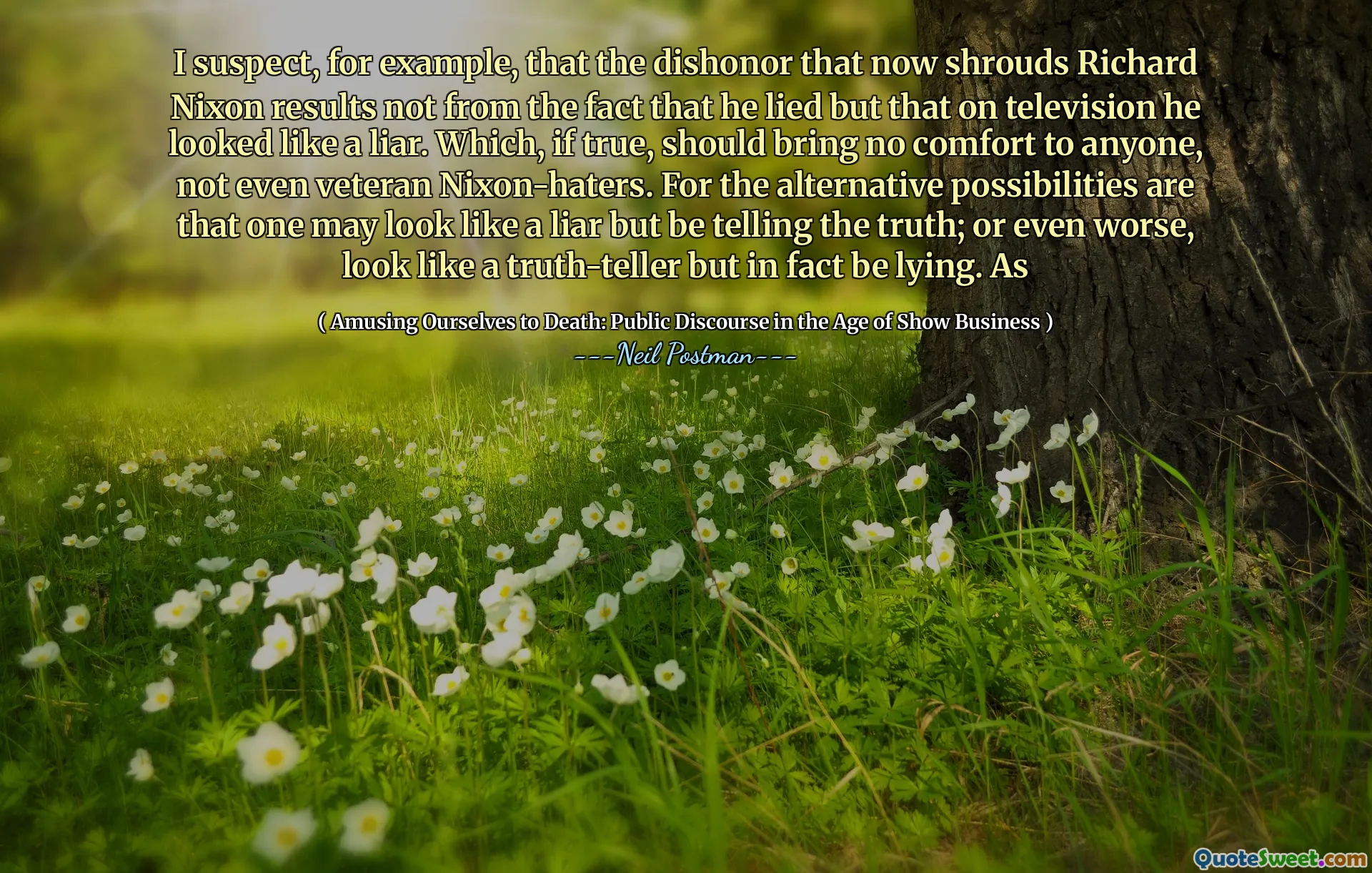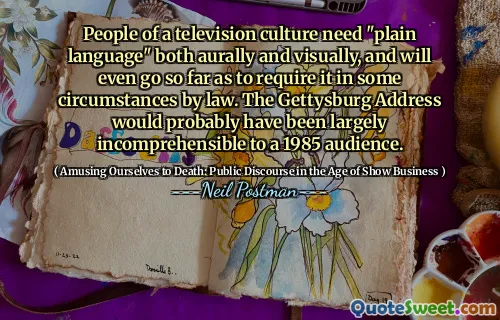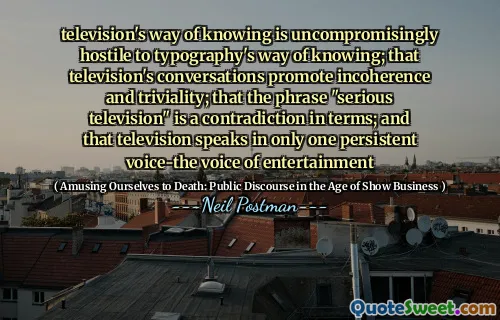
I suspect, for example, that the dishonor that now shrouds Richard Nixon results not from the fact that he lied but that on television he looked like a liar. Which, if true, should bring no comfort to anyone, not even veteran Nixon-haters. For the alternative possibilities are that one may look like a liar but be telling the truth; or even worse, look like a truth-teller but in fact be lying. As
Neil Postman explores the nature of perception and truth in the context of Richard Nixon's legacy, suggesting that people's judgments often stem from appearance rather than actual honesty. He points out that Nixon's image on television contributed to the negative perception of him, implying that society may equate physical demeanor with credibility. This observation raises concerns about the reliability of our evaluations based on visuals rather than substance.
The implications of Postman's argument extend beyond Nixon, highlighting a broader issue in public discourse: one can appear deceitful yet be truthful, while another may seem honest but hide falsehoods. This dynamic challenges our understanding of truth and suggests that appearances can be misleading, emphasizing the importance of scrutinizing deeper truths rather than relying solely on surface impressions.











